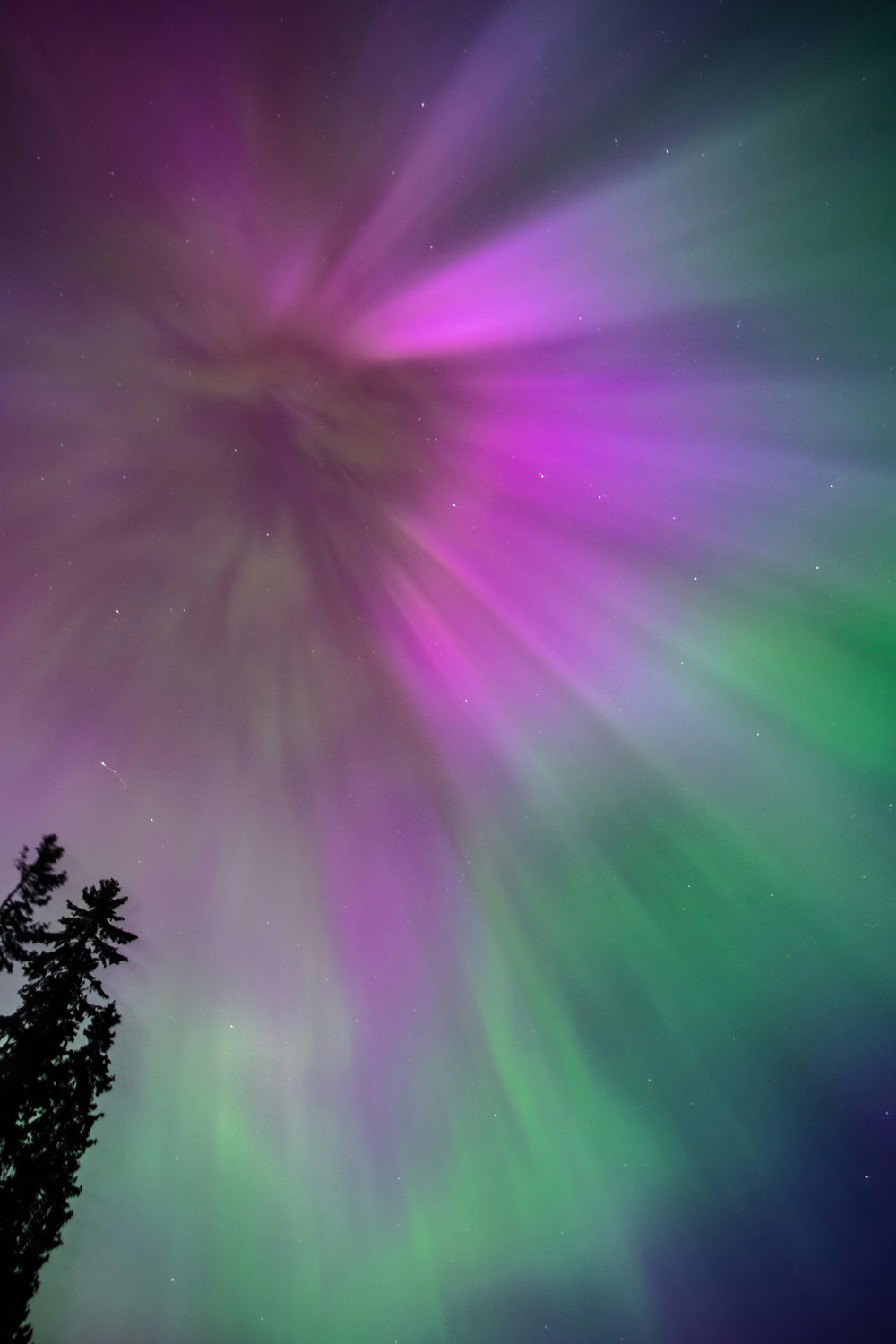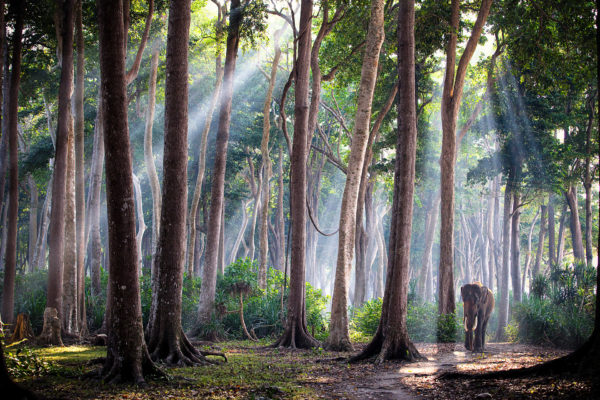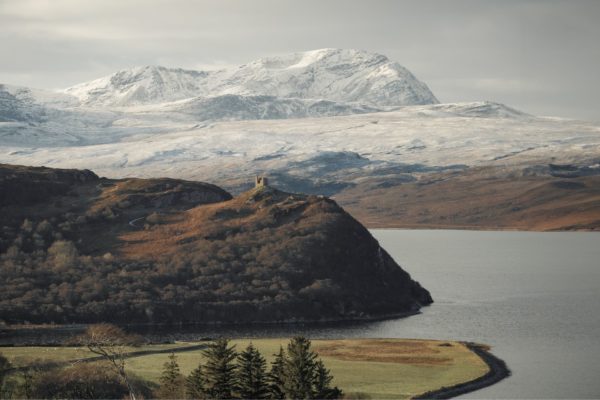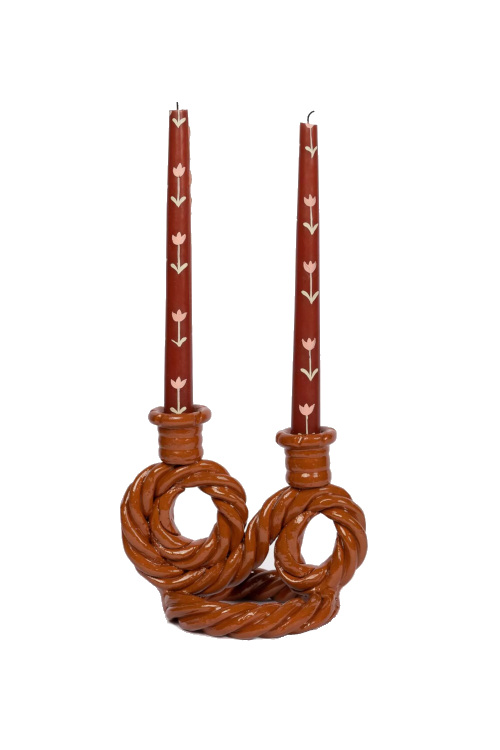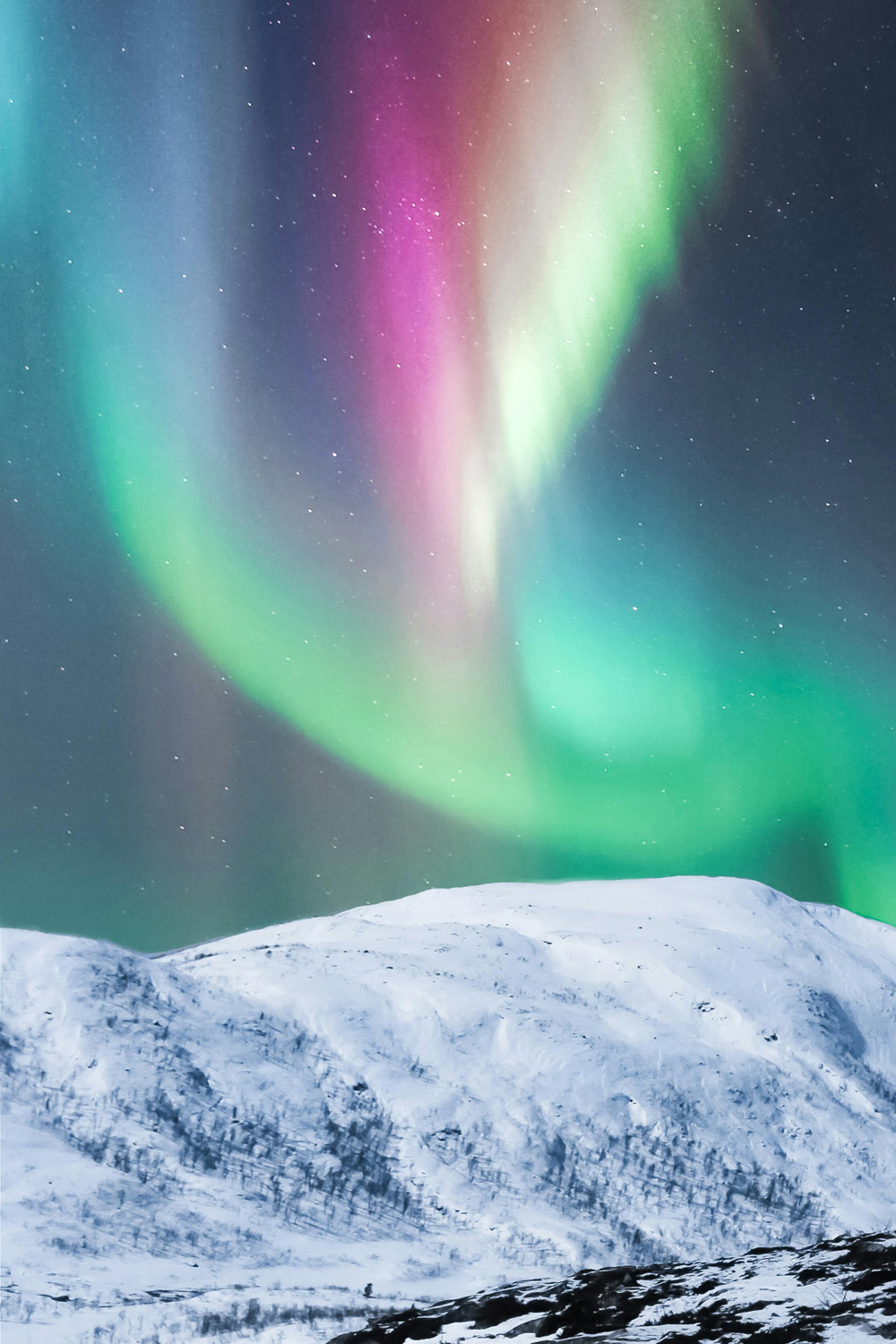
When Will We Next See The Northern Lights In The UK?
By
4 months ago
Missed the aurora borealis? Here’s where to look next time
Over the past few years, social media has been occasionally awash with snaps of dazzling pink and green light shows, as rare Northern Lights appearances in UK skies became, well, commonplace. It’s all due to a combination of geomagnetic storms, solar flares and clear skies making aurora visible not just in the British countryside but occasionally over London and as far south as Cornwall in one of recent history’s most active years for aurora activity. The next appearance? Tonight (2 September 2025). Here’s what you need to know.
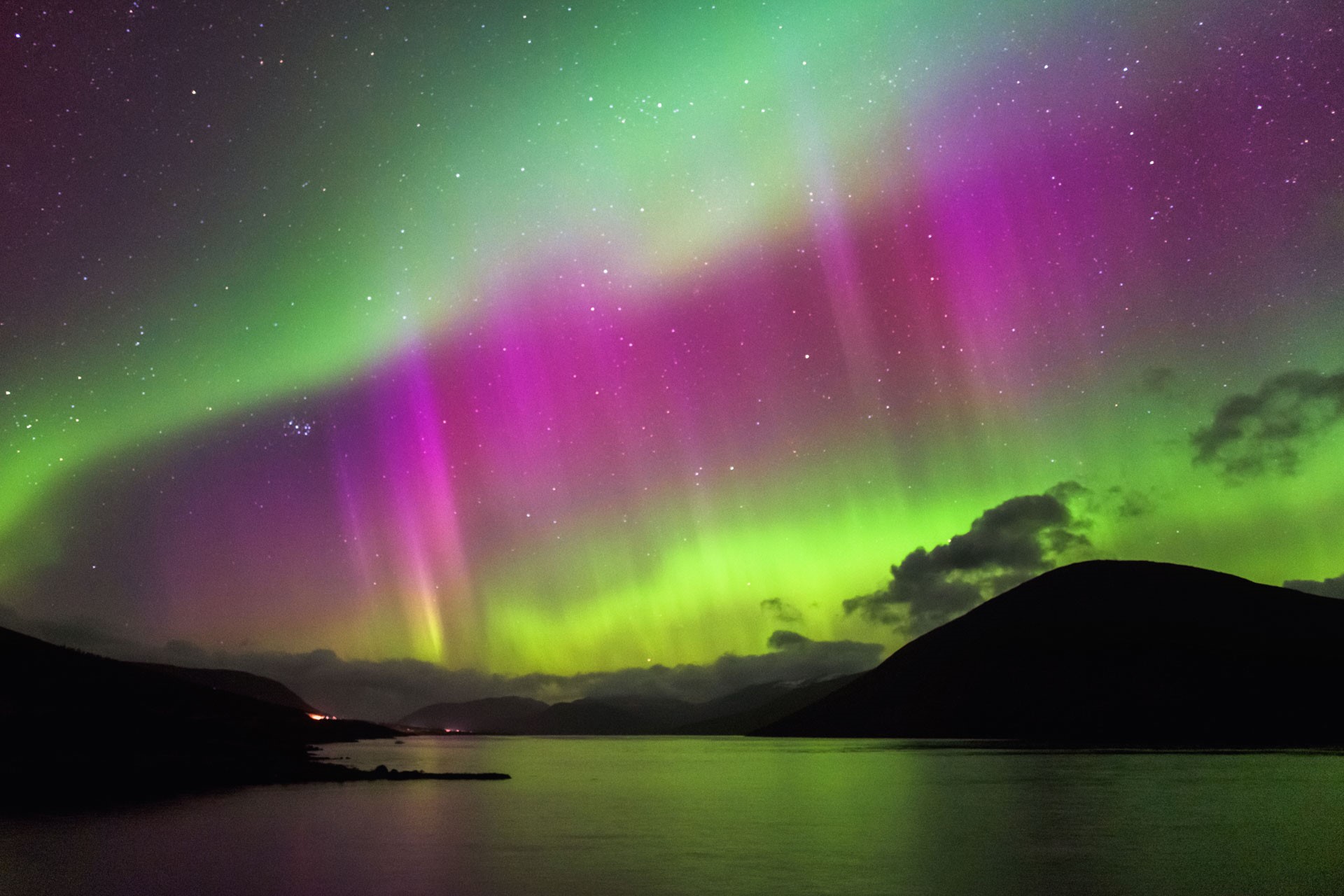
The Northern Lights in Scotland, Getty Images
When Will The Northern Lights Be Visible Again In The UK?
The Northern Lights are expected to be visible across the sky in parts of the UK tonight (2 September) according to a report issued by the Met Office. Caused by a moderate geomagnetic storm, some northern parts of the UK were treated to a preview last night (1 September), including the Highlands and Tyneside.
The activity is expected to continue tonight, again with northern parts of the country best-poised to spot the green, pink and purple streaks in the sky, but with a stronger chance of seeing the show with the naked eye further south.
The geomagnetic storm was caused by a fast-moving coronal mass ejection that leaped from the Sun’s surface late on 30 August, the Met Office explains, with the effects expected to last until 9am on Wednesday 3 September.
A coronal mass ejection is a large expulsion of plasma from the sun’s atmosphere. Also known as a solar flare, this activity pumps an extra dose of radiation into space, affecting satellites and astronauts as well as power grids on telecommunication networks here on Earth. However, a CME also creates optical wonders when its geomagnetic particles collide with those in our atmosphere, manifesting as the aurora.
Dark, clear skies create the best environment to spot the aurora with the naked eye, but the current waxing gibbous moon may be too bright, washing out visibility in some areas as we approach September’s full moon this weekend.
Never want to miss the northern lights? Keep an eye on the AuroraWatch website, which offers free alerts of when the aurora borealis may be visible in the UK.
What Are The Northern Lights?
The Northern Lights, also known as the aurora borealis, is a spectacular natural light phenomenon which has captivated people since the dawn of time. The lights appear as a result of electrically charged particles that have escaped the sun, slamming into the Earth’s atmosphere and colliding with air molecules, which transfers their energy into light. Green is the most common colour, associated with oxygen, while nitrogen causes the pink, purple and blue glow.
‘The Northern Lights may be best described as a visible expression of an otherwise invisible domain – the space weather environment,’ aurora chaser Tom Kerss tells C&TH. ‘The Earth and every other part of the Solar System is continuously bathed by a radiation called solar wind – particles streaming away from the Sun’s atmosphere. As the solar wind interacts with our planet’s protective magnetic field, some of it is sifted into a radiation belts that surround the Earth. The magnetic field itself plays a crucial role, occasionally giving energy to these solar particles, and accelerating them towards the geomagnetic poles, where they form electric currents that give rise to auroras.’
When Are The Northern Lights More Likely?
The Northern Lights are more likely with increased solar activity – but this isn’t always easy to predict. As a general rule, however, the Northern Lights are more likely to be seen around the equinoxes. The March spring equinox (aka the vernal equinox) and the September autumn equinox are when day and night are of equal length, causing a surge in aurora activity. This happens because Earth’s axis is exactly perpendicular to the direction of solar wind, which is known to cause a jump in aurora activity.
The Northern Lights are also more likely to be spotted during the winter months, simply because the sky is at its darkest – meaning this September activity is just the beginning.
The Northern Lights are more common in higher latitudes, but because these latitudes experience midnight sun in the summer, it’s never dark enough for the aurora to shine, creating the northern lights’ association with winter.
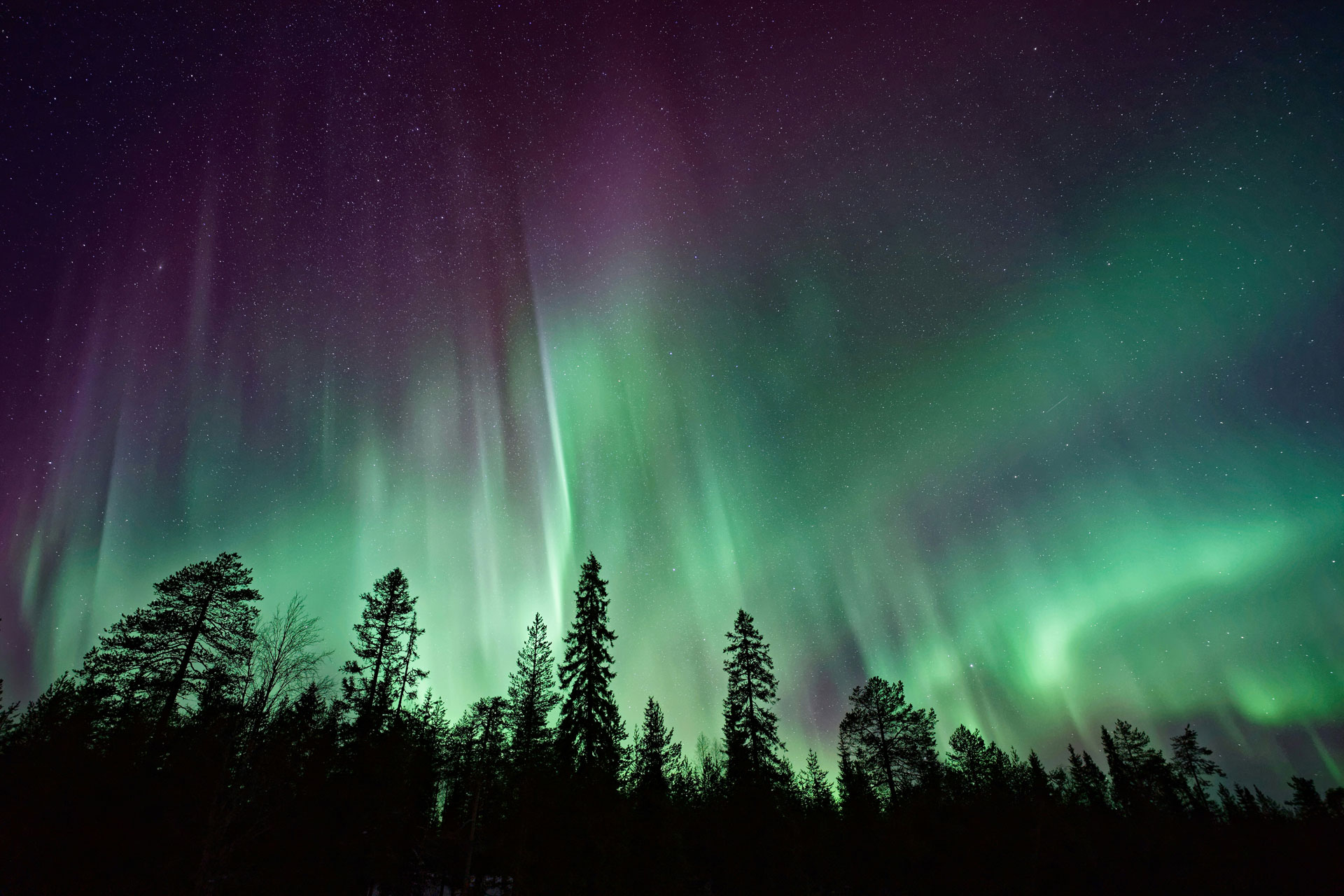
Unsplash
Are The Northern Lights Becoming More Frequent?
The sun is currently in the most active period of its 11-year cycle, meaning the Northern Lights have been more visible this year than is typical. ‘This is all down to what’s known as the sun’s solar cycle,’ the Met Office’s space weather forecaster Krista Hammond told Radio 4’s Today programme in May 2024. ‘The sun has a roughly 11-year cycle of activity, and this is from what’s known as solar minimum, which then goes towards solar maximum, and back to solar minimum. And we’re now approaching the solar maximum. What defines solar maximum is when we see the most number of sunspots on the sun. And it is sunspots that drive what we see as space weather, which is solar flares.
‘As we approach solar maximum, it means the frequency that we see these space weather events, which cause the aurora, increases,’ Hammond continued. ‘But this doesn’t actually dictate the magnitude of those events. What we saw last weekend [in May, when the Northern Lights surprised Brits across the nation] was quite a unique situation. We had multiple eruptions of plasma from the sun, which also caught up with each other as it arrived at Earth. And then, when that interacted with the Earth’s upper atmosphere, magnetic field, we viewed it as the aurora. This coincided with clear skies, and it arrived overnight, so we were able to see it really far south. We got sightings across the whole of the UK.
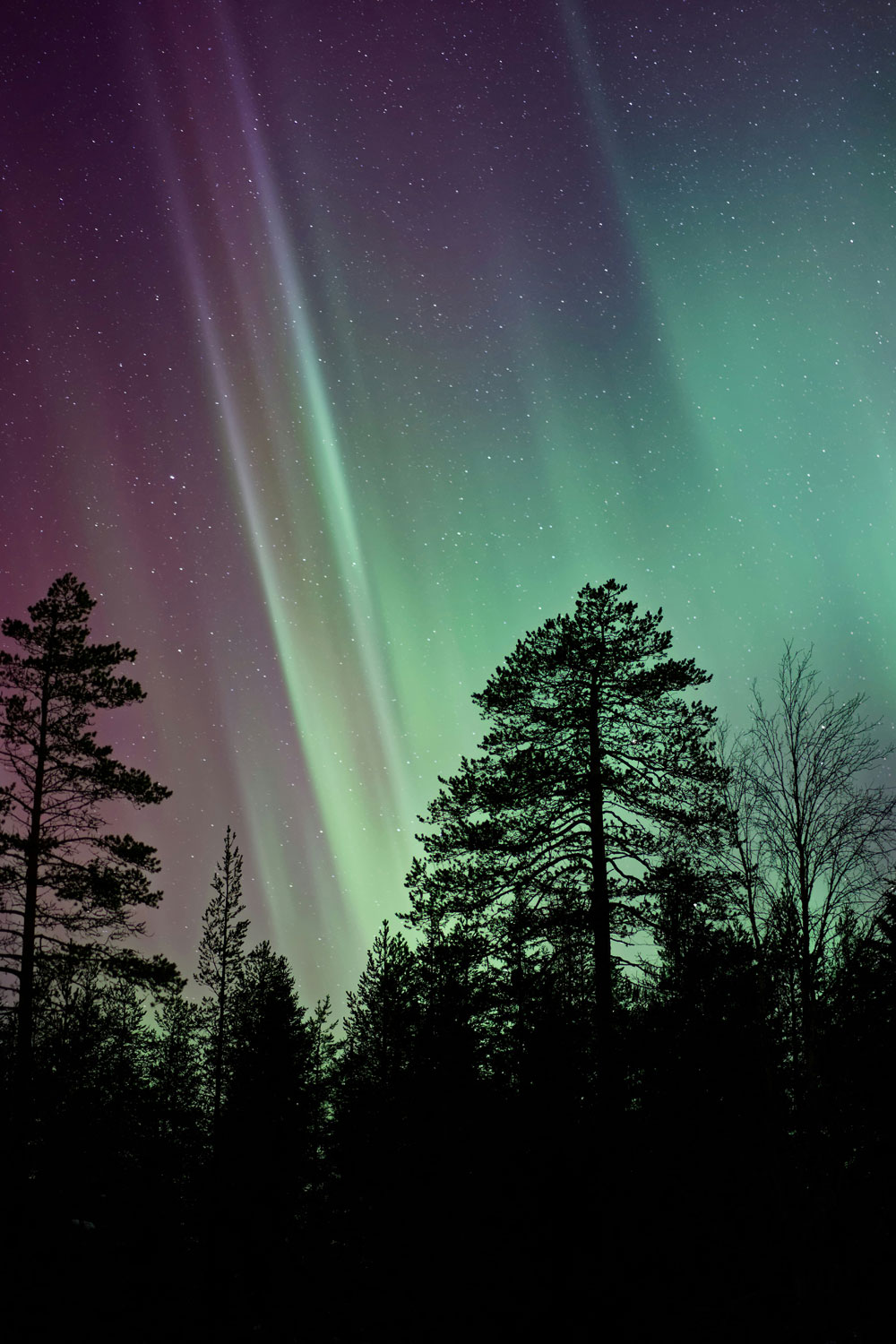
Unsplash
How Does The Met Office Predict The Northern Lights?
The northern lights aren’t like most weather phenomena, which move in cycles and streams through our atmosphere. Aurora is a solar storm (aka a radiation storm) which forms when charged particles from the sun interact with our magnetic field and atmosphere, refracting light into a range of colours (some not perceptible with the naked eye, some masked by clouds, and others too subtle to outshine the moon).
‘Space weather forecasting chiefly uses satellites to monitor the Sun’s activity and forecast events that could reach the Earth,’ the Met Office explains. ‘In order to understand the interaction with the Earth’s surface, there’s a global neutron monitoring network in operation.’ The UK Met Office is part of this monitoring network, contributing to global monitoring of aurora and other space weather events.
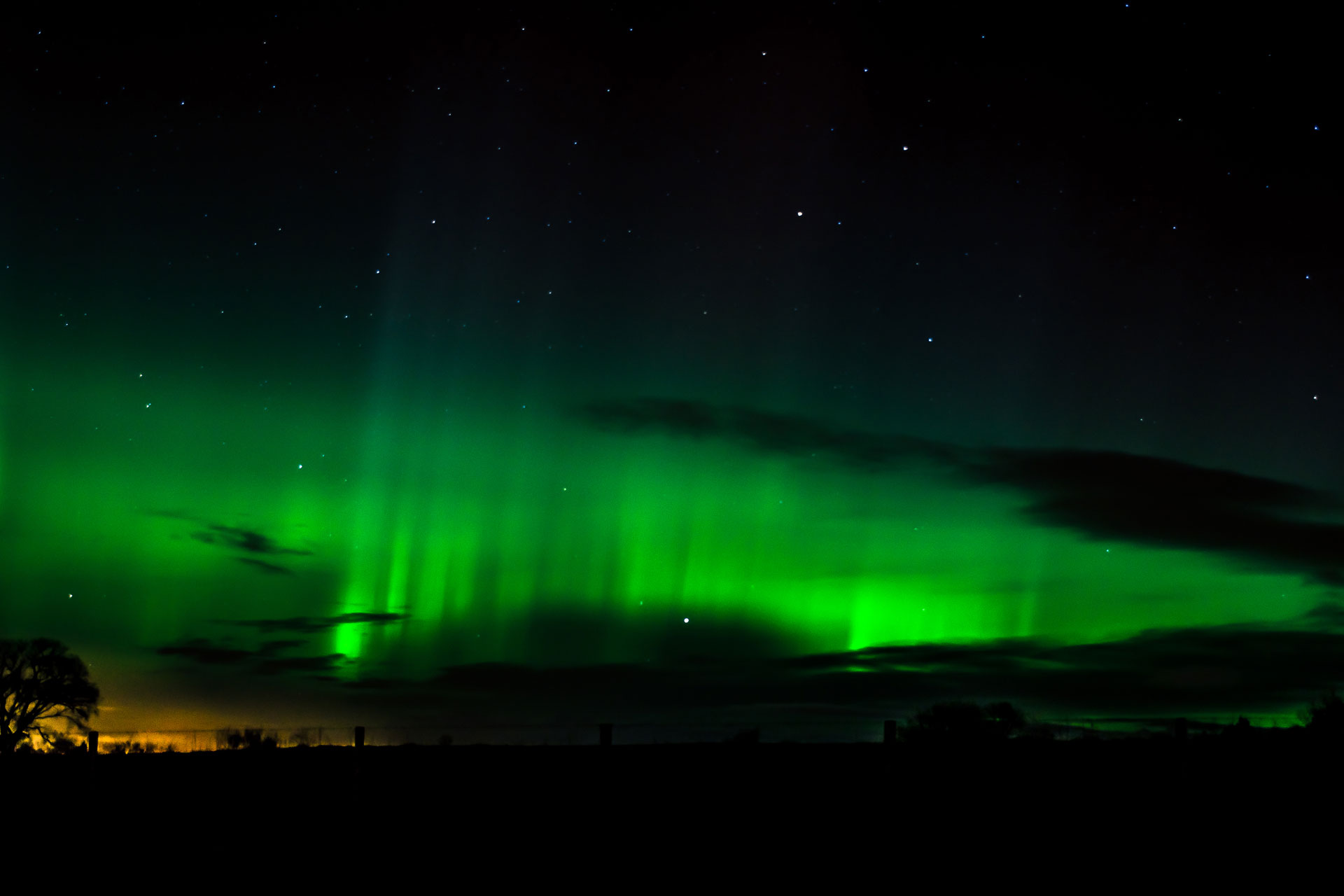
Northern Lights in Antrim, Northern Ireland, Getty Images
Best Places To See The Northern Lights In The UK
The clue’s in the name: you’re most likely to see the Northern Lights in parts of the Northern Hemisphere, such as Greenland and Norway. However, it’s also possible to spot them in northern parts of the UK, including Scotland, Wales and Northern Ireland.
‘In the UK, the Northern Lights can occasionally appear as a faint glow low towards the Northern horizon; their colour and detail are only visible in camera photos unless there are exceptional circumstances,’ explains Neill Sanders, Astronomer and Founder of Go Stargazing.
‘The further north you travel, the higher they appear in the sky, and at locations such as Iceland and Northern Norway, the lights appear right above you. From here, you can witness their true majesty; the colours become visible to the naked eye and their magnificent structure is revealed in a “corona” above your head.’
Some of the most common UK spots include:
Wales
- Brecon Beacons National Park
- Llyn Geirionydd
- Snowdonia
- Migneint Moorland
England
- Mam Tor, Peak District
- Hadrian’s Wall, Northumberland
- Lake District National Park
- Exmoor National Park
- Langdale Valley
- Grizedale Forest
Scotland
- Cairngorms National Park
- Glenlivet Estate
- Barra
- Isle of Harris
- Isle of Lewis
- Dava Moor
Northern Ireland
- Ballintoy
- Whitepark Bay Beach
- Dunluce
- Rathlin Island

